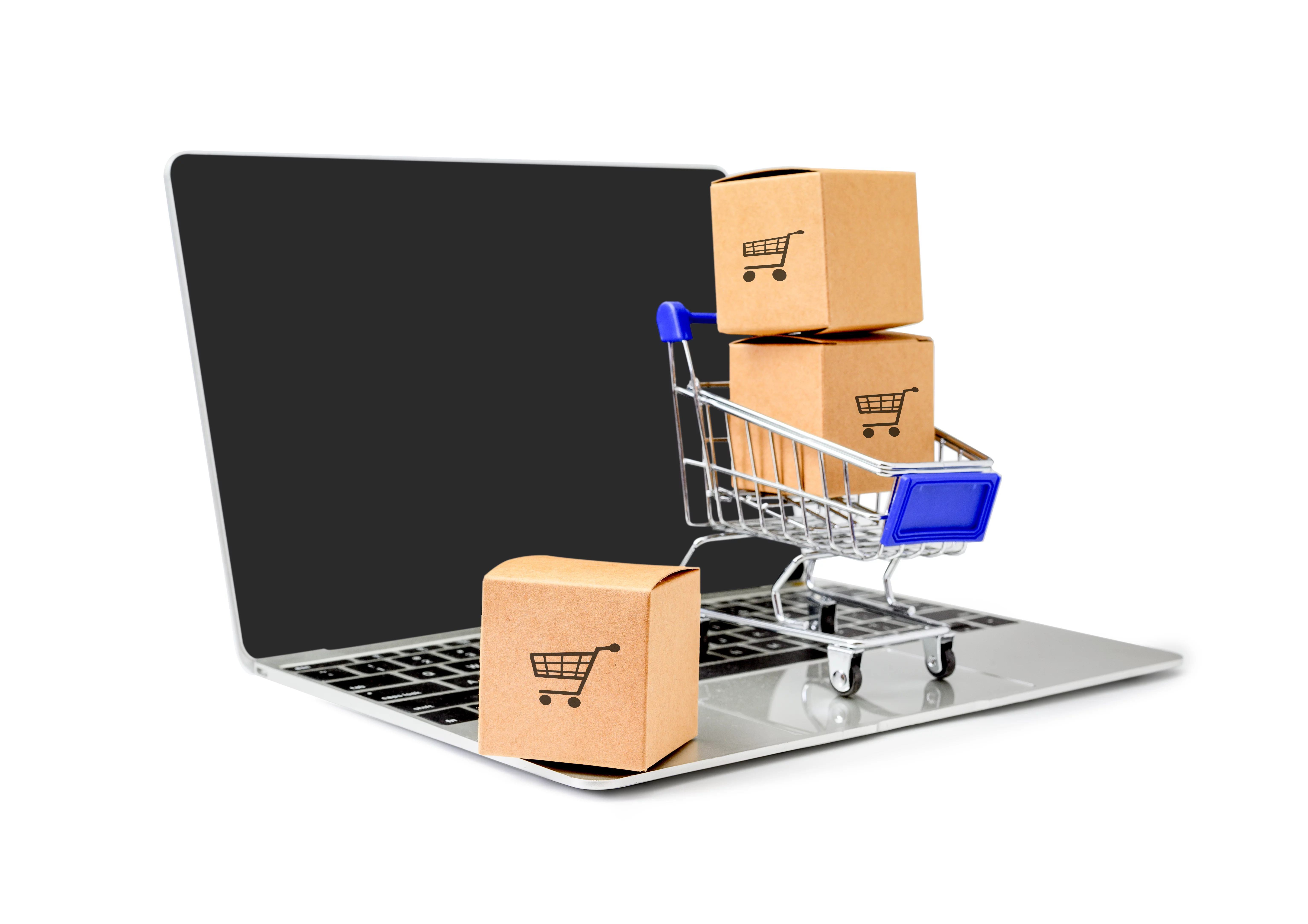Own B2B e-commerce, and relationships with distributors. That is, how to find the golden mean....
Free consultationTopics
It is often the case that a manufacturing company, when implementing its own e-commerce, is concerned about the continued joint relationship with its distribution network. Is it right...?
How to carry out such a process and what does it entail?
When implementing e-commerce strategies and tools in companies, we usually encounter the following issue: in the minds of sales managers, the idea of increasing the importance of the e-commerce channel raises concerns about:
- Cannibalizing already existing sales channels
- Maintaining relationships and good working principles with a network of distributors and third-party partners.
As a rule, direct sales in ecommerce usually represent the culmination, so to speak, of marketing activities in digital, which are usually carried out before the marketing department of a given company or by cooperating agencies.

And what determines the strength of a distributor? And what determines the strength of a distributor?
In the classic model, it is an owned network of retail outlets or its own group of salespeople that can generate sales. However, a distributor selling products from multiple suppliers has very limited (if any) involvement in promoting a particular brand (unless it has a clearly defined target that conditions additional bonuses). As a general rule, however, the distributor does not spend budget on marketing its Partners (suppliers).
Selling directly through the manufacturer's online store, as it were, cuts the distributor out of the sales path.
So how do you introduce e-commerce without destroying the distributor relationship?

One way out is to take advantage of the situation when a new product line is developed at a manufacturer, targeting a separate group.
Example: the company manufactures air handling units, sold through a network of intermediaries. However, a small heating accessory, whose customers are mainly ventilation installers, is already directed to the B2B ecommerce channel
Another option is to introduce e-commerce only in new markets. With strong distribution relationships in Poland, companies are launching e-commerce channels in other countries: Germany, UK, Italy, etc. Starting with e-commerce, later possible relationships with distributors are built there with other assumptions, taking into account the already existing strong ecommerce channel.
Another option, which we also advise in certain cases, is to bring the final customer virtually to the end of the ecommerce path on the manufacturer's website, but without realizing the conversion. In this case, the end of the process is to redirect the customer to a local distribution partner.
In such a model, all parties benefit:
Manufacturer:
- acquired a new customer online
- guided him through the sales path
- acquired a new lead/user for forward-thinking marketing automation activities
- got rid of logistical and direct customer service issues.
Distributor:
- has acquired a customer who no longer needs to be advised on the purchase,
- realizes the sale.
Client:
- through a thoughtful ecommerce path, made a selection of the products he needed,
- priced and pre-ordered them online, ordered,
- pickup or delivery arranged locally.
Example
Target customer looking for windows for a house under construction:
Most window manufacturers do not list prices on their websites, and contact is recommended to place an order, which is discouraging. In our ecommerce model - during a visit to the manufacturer's website, in the window configurator, the customer makes a precise selection:
- windows,
- veneer colors,
- profile,
- type of hardware, etc.
At the end of the path, an order is generated with detailed product specifications and pricing. The order is generated as visible to the manufacturer's Partner who is in the closest location to the Customer.
The manufacturer knows that assembly issues and any order changes will be handled by the partner/distributor. In such a model, the ecommerce system provides strong support for the activities of distributors.
It's no secret that distributors' margins reach 100% mark-up on the price obtained from the manufacturer.
What gives thought
e-commerce strategy:
- can support distributors,
- will increase manufacturer sales,
- will attract a new group of customers,
- will show the manufacturer as following the digital transformation trend.